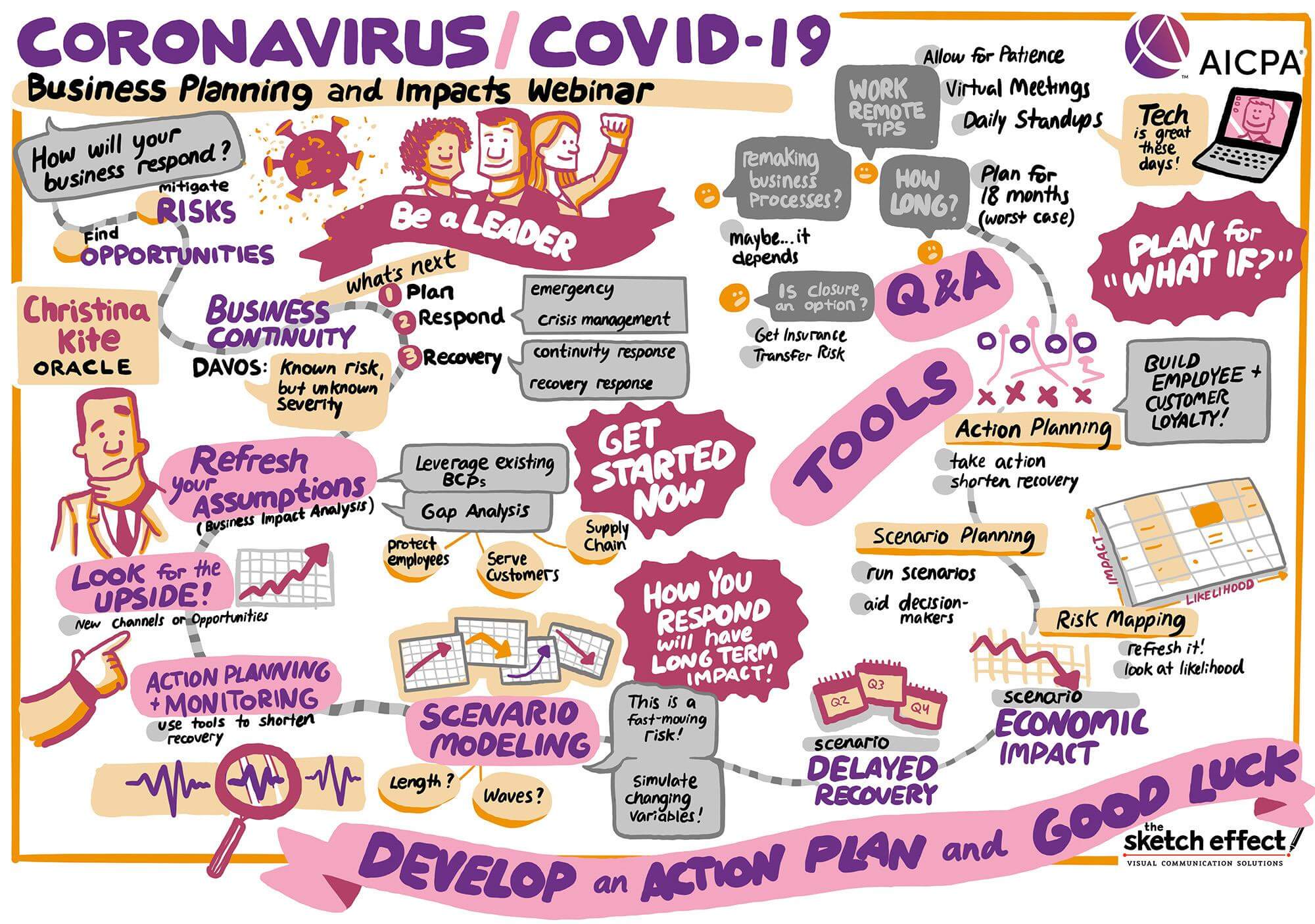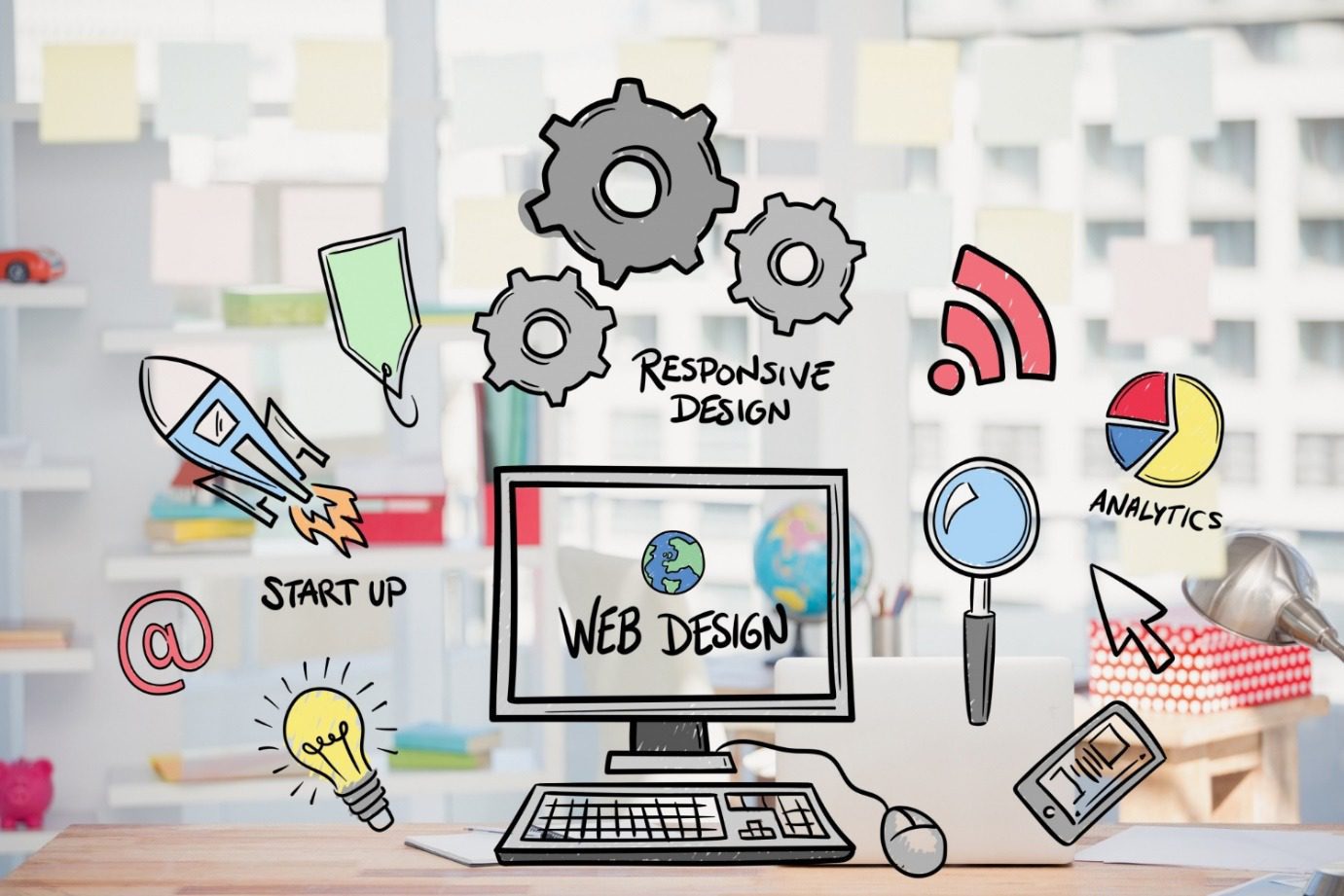“At a certain point in our lives, we lose control of what is happening to us and our lives become controlled by fate- that is the world’s greatest lie.”
Since the 1960s, the internet has become the best ever since sliced bread. A lot of information is available on the internet, whether Google or YouTube.

Graphic design is using photographs, typography, and illustrations to visually communicate ideas. They could be used to offer solutions to problems or for advertisements.
Why be a graphic designer?
Being a graphic designer has tons of benefits which include:
- Demand for good designers are increasing
- Graphic design allows you to continue learning each day
- With graphic design, you gain new perspectives every day
- Beautiful images from your design keep you motivated every day
- You can be a freelancer and work anywhere in the world
- Being a graphic designer is being unique.
- Doing a job that you have a passion for is the best option
- Designs open up so many career paths
With the above benefits, it is evident that graphic design is very lucrative. Below are 7 essential graphic design tips for you. If you apply all the tips below, you will be a successful graphic designer.
1. Copy and repeat
When you are learning, good examples are essential. Find examples from the internet or any other relevant source, copy, and repeat them. Don’t copy and paste. Copying is to help you know the current trends in the market. So, don’t copy, instead, repeat the example in your own design – that is being created.
2. Use Warm And Cool Colors
Warm colors are friendlier and attractive. Examples include red, yellow, or orange. So, if you want your graphic design to appeal to most people, add more warm colors to your photograph. Additionally, cool colors like blue, violet, and green create a soothing feeling; therefore, it is important to include them in your designs too.
3. The Color Pop Technique
Every design has to be attractive. This is where the color pop technique comes in. Attractive palettes like red, black-white stripes, or yellow are ideal for color popping. For example, if you want to include a text in your design, write the text in white and let the background be red in color.
4. Sketch First
It is not only in writing that we need to have a rough work. Basically, you should always have a plan before commencing anything. Therefore, a good graphic designer should have a sketch. You can do this by having a rough paper to sketch your design. This will help you identify any mistakes. When all the mistakes are corrected, you can proceed and do your final copy.
5. Scan Only The Best Sketch
Sometimes your mock sketch could be awesome. In this case, you need to make your work easier. Scan the sketch using a scanner and transfer it to your computer. Alternatively, you can use your phone camera. Transfer the scan to your computer Photoshop. The scan shouldn’t be your final copy. Instead, it should act as your background guide.
6. Follow Other Designers
There are great graphic designers out there with tons of experience. Good examples include:
- Chip Kidd from New York
- Rob Janoff
- Peter Saville
- Michael Bierut
- Massimo Vignelli
You can follow them online and browse through their work. It will give you an insight into what a good graphic design should look like.
7. Keep Practicing
Practice makes perfect. Even the masters and professionals in graphic design were once newbies. The only difference is that they kept practicing. Alternatively, you can use a free logo maker to practice. Take all the challenges positively and find ways of perfecting them. Criticism should steer you, not hold you back.
There are other resources that are informative. You can try them out as well. There could be other graphic designers who may have trained by themselves. Not all will succeed by self-training. So, if it is not working for you, look for an alternative. You can register with some of the best graphic design schools like Rhode Island School of Design, Parsons School of Design, The Pratt Institute, ArtCenter College of Design, and Carnegie Mellon School of Design among others.







